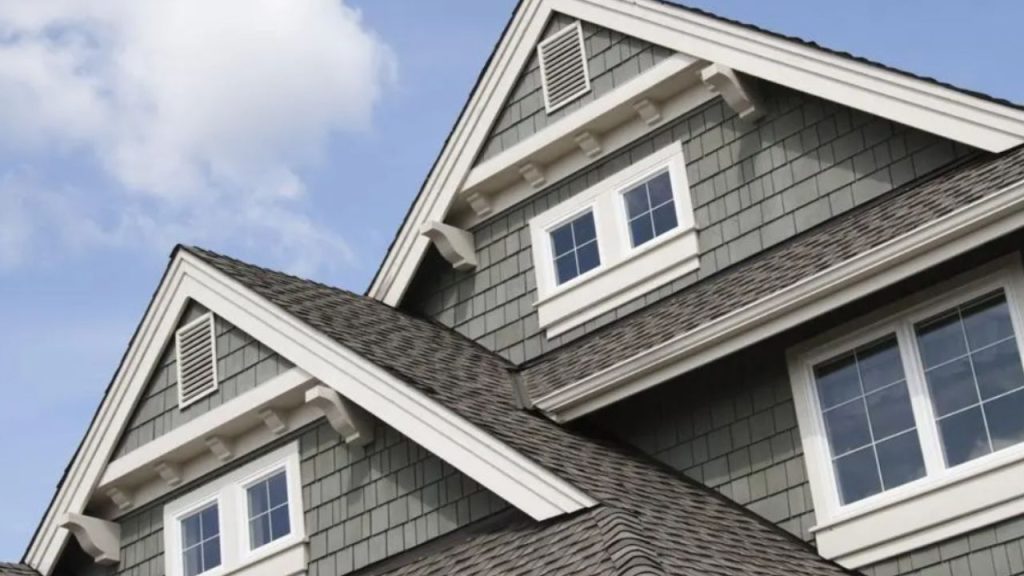The average 30-year mortgage rate rose this week to its highest level over five months, raising borrowing costs for prospective homeowners during traditionally the housing market’s busiest year. The average 30-year mortgage rate rose this week to its highest level over five months, raising borrowing costs for prospective homeowners during traditionally the housing market’s busiest year.
Long-term mortgage Rate Rises:
Mortgage buyer Freddie Mac reported Thursday that the rate had risen to 7.22% from 7.17% the previous week. A year ago, the average rate was 6.39%. When mortgage rates rise, borrowers’ monthly expenditures might increase by hundreds of dollars. That limits how much homebuyers can pay at a time when a scarcity of available homes, combined with increased competition for the most affordable properties, has kept prices rising.
The average 30-year mortgage rate has risen for the fifth consecutive week. It has not been this high since November 30. Borrowing rates on 15-year fixed-rate mortgages, popular among homeowners renewing their house loans, also increased this week, raising the average rate to 6.47% from 6.44% the previous week. Freddie Mac reported a 5.76% average last year.
Mortgage rates are influenced by various factors, including how the bond market responds to the Federal Reserve’s interest rate policy and changes in the 10-year Treasury yield, which lenders use to price home loans.
After reaching a 23-year high of 7.79% in October, the average rate remained below 7% this year until last month, as stronger-than-expected economic data and inflation dampened bond investors’ expectations that the Fed would be able to begin cutting short-term interest rates sooner rather than later.
In its most recent interest rate policy announcement on Wednesday, the Fed stated that it will not decrease interest rates until it has “greater confidence” that price increases are slowing stably to its 2% target. Last month, sales of previously occupied U.S. homes decreased as homebuyers faced rising mortgage rates and prices.
Some homebuyers are turning to adjustable-rate mortgages (ARMs) to deal with increased borrowing prices. The Mortgage Bankers Association reported Wednesday that these loans accounted for over 8% of all mortgage applications last week, the highest amount this year. “Prospective homebuyers are looking for ways to improve affordability, and switching to an ARM is one means of doing that, with ARM rates in the mid-6% range for loans with an initial fixed period of 5 years,” the MBA’s chief economist, Mike Fratantoni, said.



